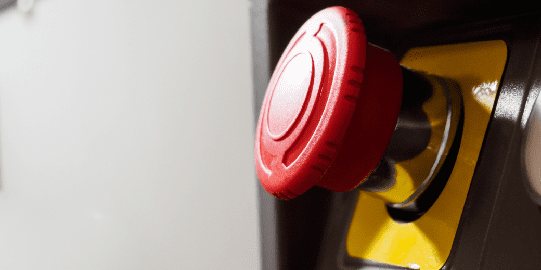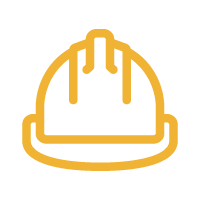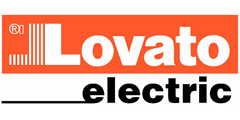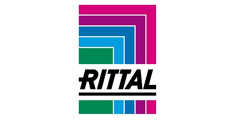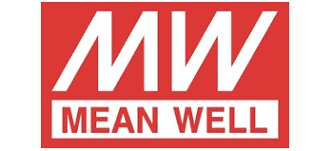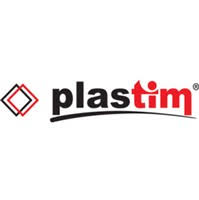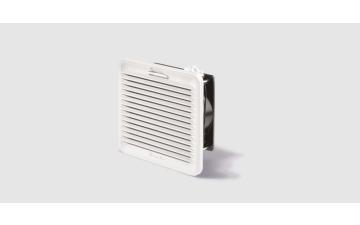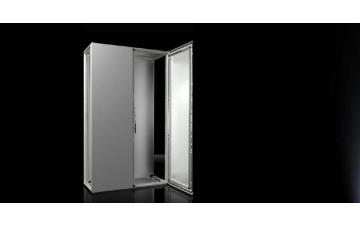It’s true that maintenance costs are part and parcel of running any business, especially one in the industrial or manufacturing sector. But even though they’re an unfortunate fact of business life, nobody wants them to be any higher than absolutely necessary.
So to save you the time, expense and hassle of replacing machinery or parts sooner than you have to, here at LED Controls we thought we’d take a moment to look at the five most reliable ways to protect your electrical equipment.
#1 – Circuit protection
Before we start looking in detail at what your staff and systems can do to protect your machinery, it’s worth starting by highlighting the best ways that your electrical equipment can actually protect itself. And the answer to that is, without question,
circuit protection.
Circuit protection is basically a catch-all term for a number of different solutions, all of which work around the same broad principle – adding an intentional ‘weak link’ into a circuit. This way, if the circuit ever gets overloaded, the ‘weak link’ fails first, breaking the circuit and thereby protecting the more expensive and less expendable components from damage.
The most obvious example of basic circuit protection is the humble fuse, but in larger commercial and industrial operations this role tends to be fulfilled by more sophisticated devices like RCDs or MCBs (Residual Current Devices or Miniature Circuit Breakers). Both of these function in broadly the same way, with the exception of not being single-use, so after an overload they can simply be reset.
#2 – Emergency switches
To some degree, this probably already goes without saying – after all, every industrial process will have emergency failsafe systems fitted from the outset. However, it’s sometimes worth re-examining yours to see if there are any ways you can make it more prominent or easy to operate.
Essentially, there needs to be a safe, easy and accessible way for staff to manually cut the power, should an emergency situation develop. And to be honest, there’s no better system for that then a big red button. Hardly surprising, then, that this is one of the most universal forms of
emergency stop that’s still in widespread usage today. Crucially though, for maximum effectiveness they need to be positioned in a prominent place, and not obstructed by any goods or clutter – however temporarily.
#3 – Effective training
Even solid and intuitive safety systems count for very little if staff don’t know how to use them properly. Crucially, quick reaction times can make all the difference to saving a piece of machinery from serious damage – and in the most serious situations, they could even safe someone’s limb or life. That’s exactly why comprehensive training is so important for every staff member, just as much as things like emergency failsafes and circuit protection.
It's not just for emergency situations either – training can help employees learn more about the risks surrounding the equipment, the quirks in its operation, and how to get the best out of it. Finally, they’ll need to know the best ways to prevent unnecessary damage to it, and there’s no question that training sessions are amongst some of the best ways to convey that information.
#4 – Regular maintenance
Any kind of fault – even a minor one – is always better tackled sooner rather than later, as it’s no secret that poorly maintained machines tend to have significantly shorter operational lifespans. However, as well as getting them fixed up on a reactive basis, it’s also worth a preventative maintenance programme too. This means getting your machines examined by a professional, generally once every six months or so, but possibly more frequently depending on how intensively the machinery is being used.
Preventative maintenance doesn’t always seem like an attractive option at first, but its short term costs can be easily outweighed by the long-term savings. Preventative maintenance can help identify small issues sooner, catching them before they have a chance to properly develop into more consequential (and expensive) problems.
#5 – Cleanliness
Now, in practice, we recognise that maintaining a clean environment is easier in some settings than it is in others, depending on how busy it is, and how many people or vehicles are coming and going. Having said that though, it’s always advisable too keep the environment as clean as possible.
Firstly and most obviously, it’s a health and safety issue. For example, slips, trips and falls continue the most common cause of workplace accidents worldwide, so it’s crucial to ensure there are no puddles of fluid or unnecessary debris cluttering the environment.
However, it’s sometimes easy to underestimate that an unclean environment can have a major impact on the machinery within it, too. Devices can be easily affected by spilled liquid, dropped objects, and airborne particles. That last element is particularly potent – and frequently underestimated – capable of clogging vital components and damaging electrical parts. For that reason alone, if possible the environment should be kept clean, clear, and free of debris.
These are just a few of the most critical ways to keep your machinery clean – you may be able to think of a couple more! And if you need any replacement components, or even parts for safety systems (such as
command or control components), you can find them right here at LED Controls.
Feel free to start exploring our range today – and if you’ve got any questions, or if you need any advice, one of our friendly team is always on hand. Just give us a call on 01706 242050, and we’ll be happy to see how we can help!
